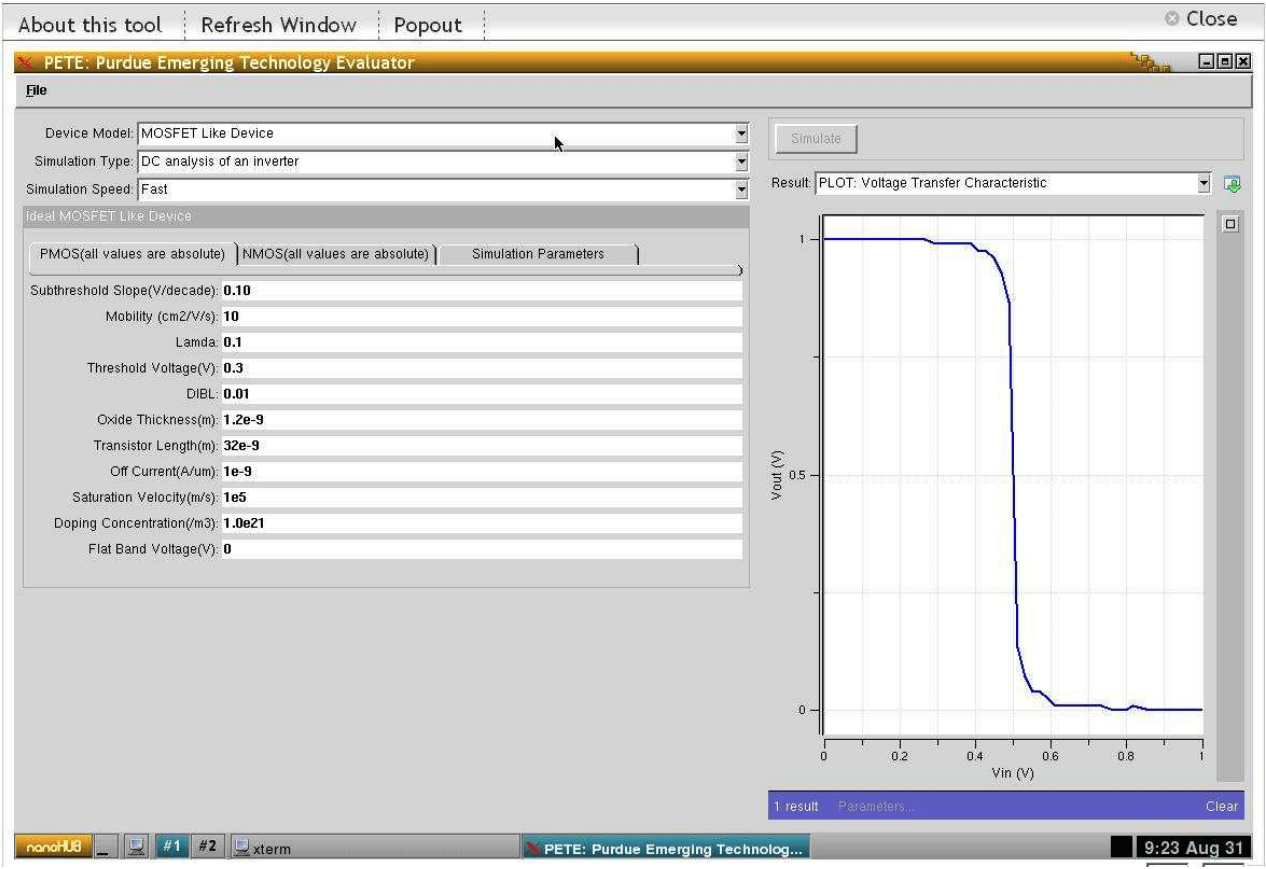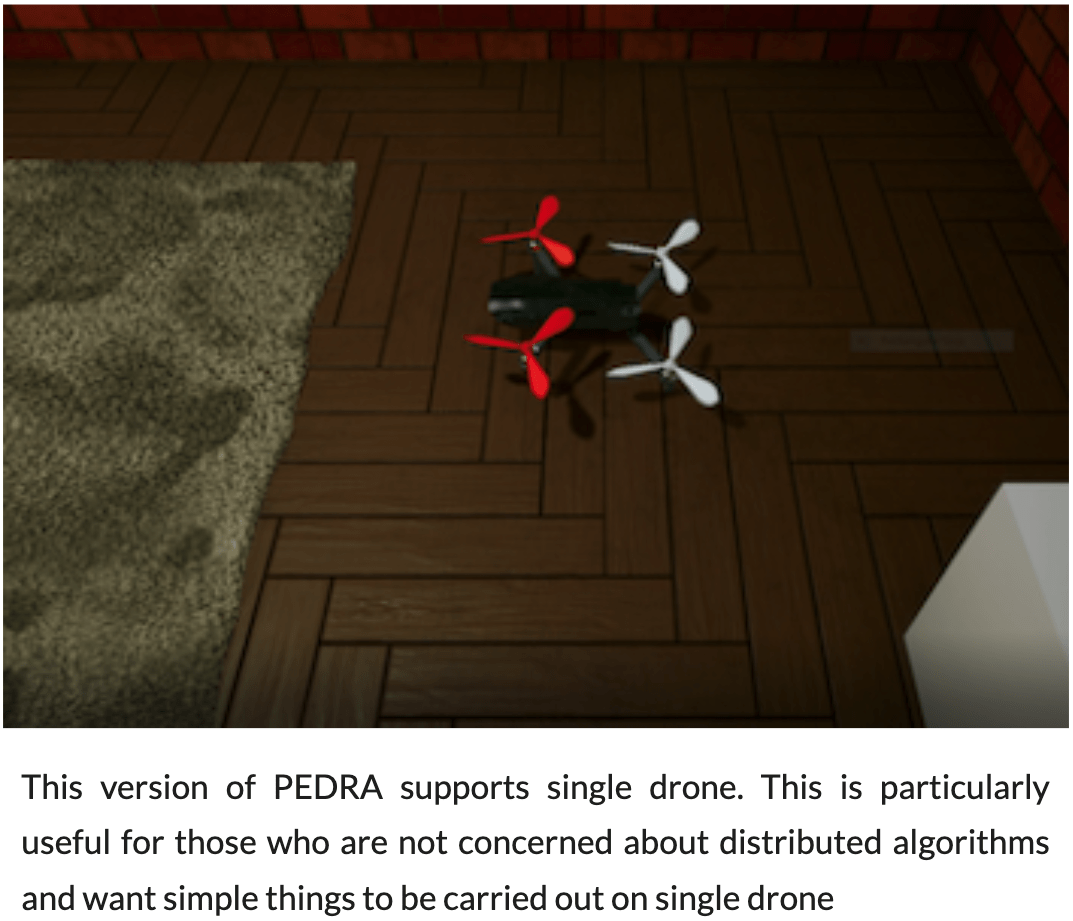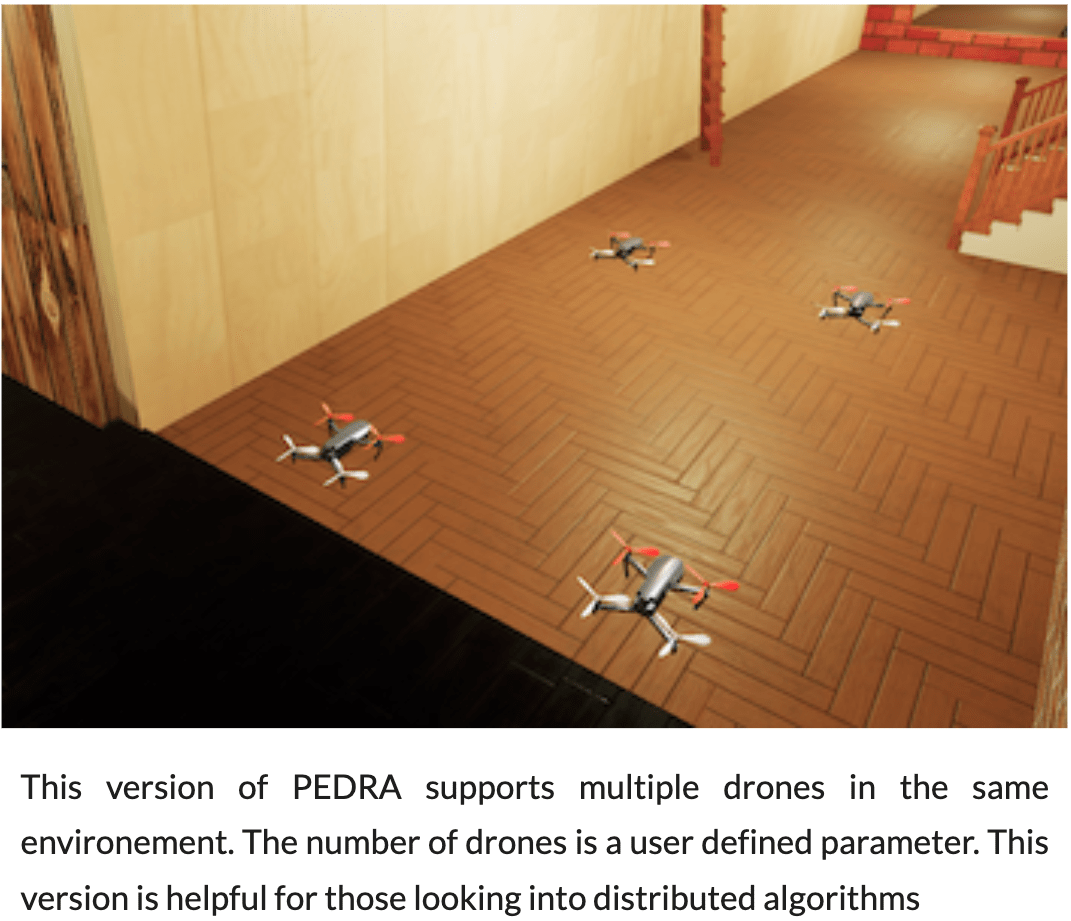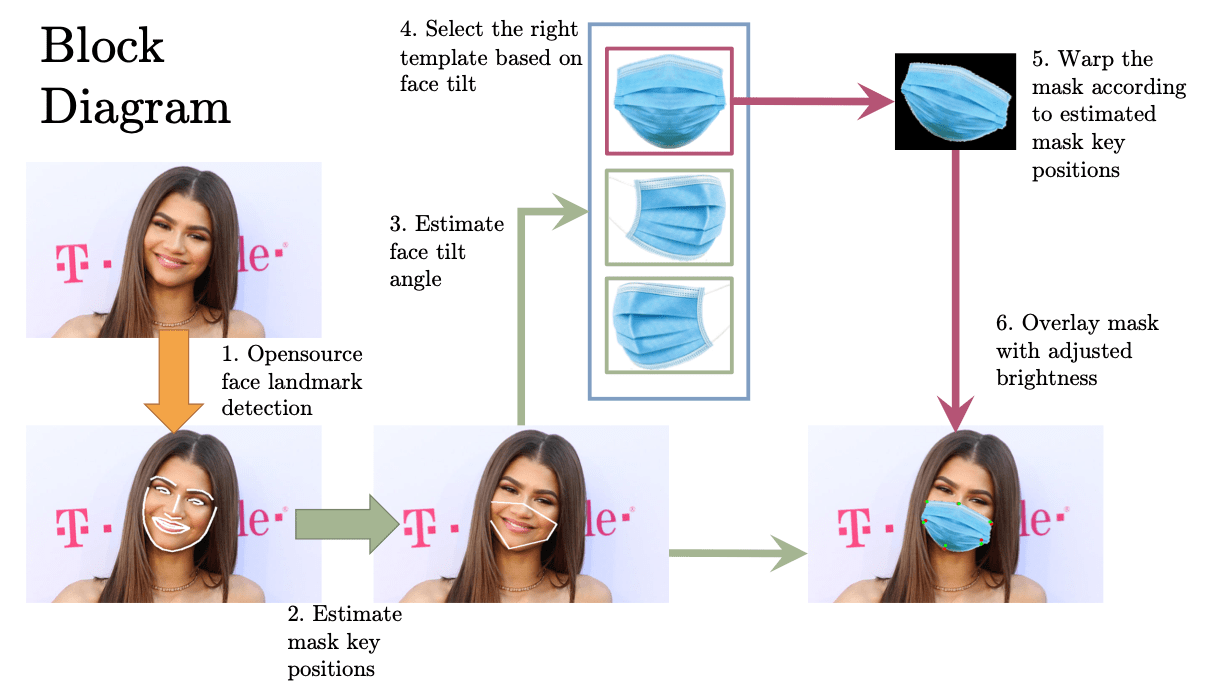PETE – Purdue Emerging Technology Evaluator
PETE was designed to evaluate any novel three terminal transistor for circuit level metrics. It used techniques for faster convergence and can also use incomplete, discontinuous and non-differential data points, which are often obtained experimentally. By providing a simple graphical interface and allowing researchers to provide tabulated I-V values for their experimental devices, this tool is useful for device scientists, material scientists and circuit designers. Due to its ease of use and success in correctly predicting circuit level performance of several key transistor technologies, this tool was used as the benchmarking tool in the SRC and Federal Govt. sponsored, multi-university program, namely the Nanoelectronics Research Initiative (NRI) Program. All researchers in the NRI community used this tool to evaluate their respective devices against other technologies. Currently, this tool has 510+ users, and has logged more than 21.5K simulation runs.
For more information, please visit PETE website.
PEDRA – Programmable Engine for Drone Reinforcement Learning Applications
PEDRA is a Virtual Reality (VR) based programmable engine for Drone Reinforcement Learning (RL) applications. It is a test-bed for researchers to explore new learning algorithms as well as evaluate their power and performance cost for autonomous navigation. It features a VR environment build on top of the Unreal gaming engine, uses AirSim to connect to a back-end AI simulator. It is fully programmable, supports the exact dynamics of a suite of commercially available drones and features a rich set of indoor and outdoor environments for training and testing. PEDRA is currently the only available VR platform that supports distributed and federated learning across a swarm of drones. PEDRA is currently used by several research groups in both industry and academia, including researchers from Intel, Samsung, Qualcomm, Georgia Tech, Harvard, Purdue, UPenn, Penn State, IIT Delhi, UW Washington, and is used as an AI simulation platform in the SRC/DARPA JUMP Program.
PEDRA supports both single-drone and multi-drone (distributed learning) settings:
For more information, please visit PEDRA Home Page and GitHub.
MaskTheFace – Convert Face Dataset to Masked Dataset
MaskTheFace is computer vision-based script to mask faces in images. It uses a dlib based face landmarks detector to identify the face tilt and six key features of the face necessary for applying mask. Based on the face tilt, corresponding mask template is selected from the library of mask. The template mask is then transformed based on the six key features to fit perfectly on the face. The complete block diagram can be seen below. MaskTheFace provides a number of masks to select from. It is difficult to collect mask dataset under various conditions. MaskTheFace can be used to convert any existing face dataset to masked-face dataset. MaskTheFace identifies all the faces within an image, and applies the user selected masks to them taking into account various limitations such as face angle, mask fit, lighting conditions etc. A single image, or entire directory of images can be used as input to code.
For more information, please visit MaskTheFace Home Page and GitHub.




